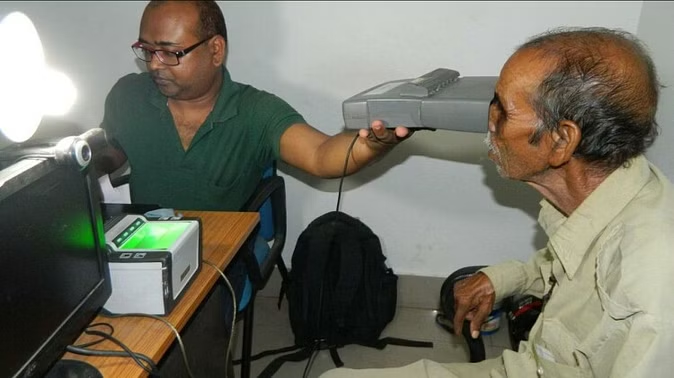 After reducing the repo rate of RBI, no matter how much banks may try and take time to reduce their interest rate, but after increasing the repo rate of RBI, banks do not take much time to increase their interest rate. Once again, banks have started increasing their home loan and other rates within 24 hours of RBI's announcement. It is a matter of relief that some banks have started increasing the interest rates on their FDs as well.
After reducing the repo rate of RBI, no matter how much banks may try and take time to reduce their interest rate, but after increasing the repo rate of RBI, banks do not take much time to increase their interest rate. Once again, banks have started increasing their home loan and other rates within 24 hours of RBI's announcement. It is a matter of relief that some banks have started increasing the interest rates on their FDs as well.
India's apex bank RBI on Wednesday announced to increase the policy rate from 0.40 percent to 4.40% to control inflation. After this many banks have increased the interest rates on loans. Many banks have increased the applicable RLLR/BLLR (Repo or Benchmark Linked Rate) for retail loans by 0.40 percent with effect from May 5, 2022. Two government and two private banks have taken this initiative first. Banks hike interest rates within 24 hours
Banks hike interest rates within 24 hours
As soon as the Reserve Bank of India (RBI) loosened the reins of loans, banks have started increasing the interest rates within 24 hours without any more waiting. The very next day after the announcement of increasing the repo rate and cash reserve ratio (CRR) of RBI, many big banks of the country have announced to increase the interest rates.
Bank of Baroda and ICICI Bank hike interest rates
Bank of Baroda and ICICI Bank have increased the interest rates on all their loans. Thus, loans from both the banks have become costlier for all old and new customers including home, auto and personal loans. Both these banks have increased the interest rates (external benchmark linked loan interest rates) linked to the repo rate.
ICICI Bank has announced to increase the interest rates on its website. The bank has informed its customers that the bank has increased the Actual Benchmark Lending Rate (I-EBLR) in accordance with the increase in the repo rate by the RBI. The bank has increased the I-EBLR by 40 basis points to 8.10%. This increase has also come into effect from 4 May.
Bank of Baroda has also increased the Repo Linked Lending Rate (BRLLR) for retail loans by 40 bps to 6.90%. The increased rates of ICICI Bank have come into effect from May 4 and that of Bank of Baroda from May 5. Central Bank and Bank of India increased by 0.40 percent
Central Bank and Bank of India increased by 0.40 percent
Apart from this, two public sector banks Bank of India and Central Bank of India have also announced an increase in their interest rates after the hike in the repo rate. Bank of India has also increased its RBLR to 7.25 percent with effect from May 5, 2022, along with the increase in the repo rate.
Whereas the Central Bank has also increased its RBLR by 0.40 percent and has reduced it to 7.25 percent. It will come into effect from May 6, 2022. EBLR is the sum of the external benchmark rate and the credit risk premium.
This is how to understand what is external benchmark loan rate
The system of external benchmarks has started from 2019. With effect from October 1, 2019, RBI had made it mandatory to link all new personal or retail loans with floating rate to an external benchmark. Here private banks have the freedom to set any external benchmark in particular. External Benchmark Lending Rate is the lowest interest rate offered by the bank for lending. Bank cannot give loan below this. Banks fix the total interest rate by adding the credit risk premium over this external benchmark lending rate and the repo rate.










